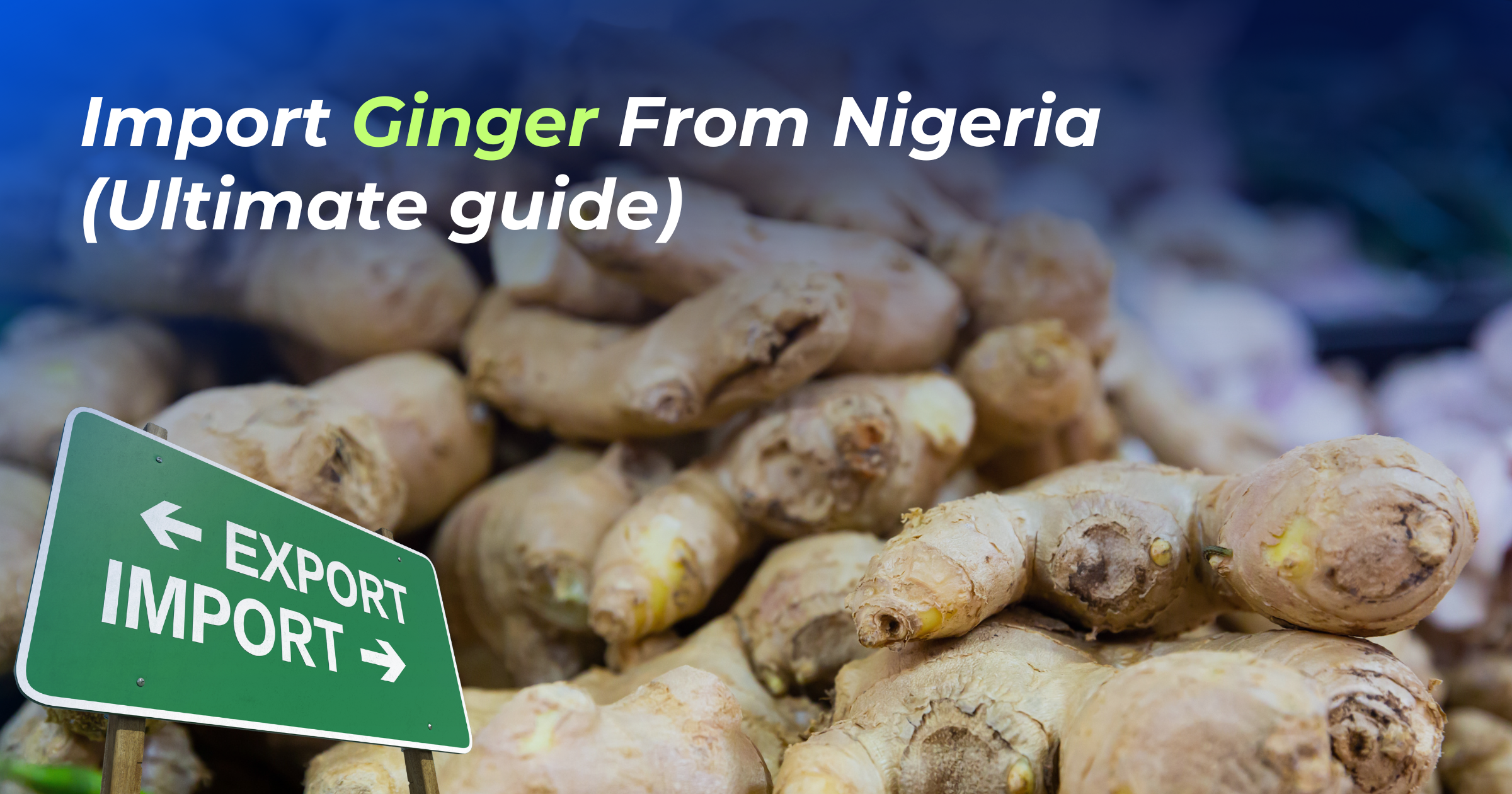Côte d’Ivoire’s agro-commodities dominance on the global stage is remarkable. With an estimated population of 32.5 million people and 318,000 square kilometres of land, this West African nation dominates multiple agricultural sectors that outpace those of its larger competitors.
From being the world’s largest cocoa and cashew producer to leading African rubber production and having significant input in the continent’s palm oil value chain, Côte d’Ivoire exemplifies how effectively harnessing agricultural potential can drive national prosperity.
This article will explore ‘le miracle ivoirien’ (the Ivorian Miracle) and highlight lessons for other African countries.
Côte d’Ivoire’s Agricultural Foundation
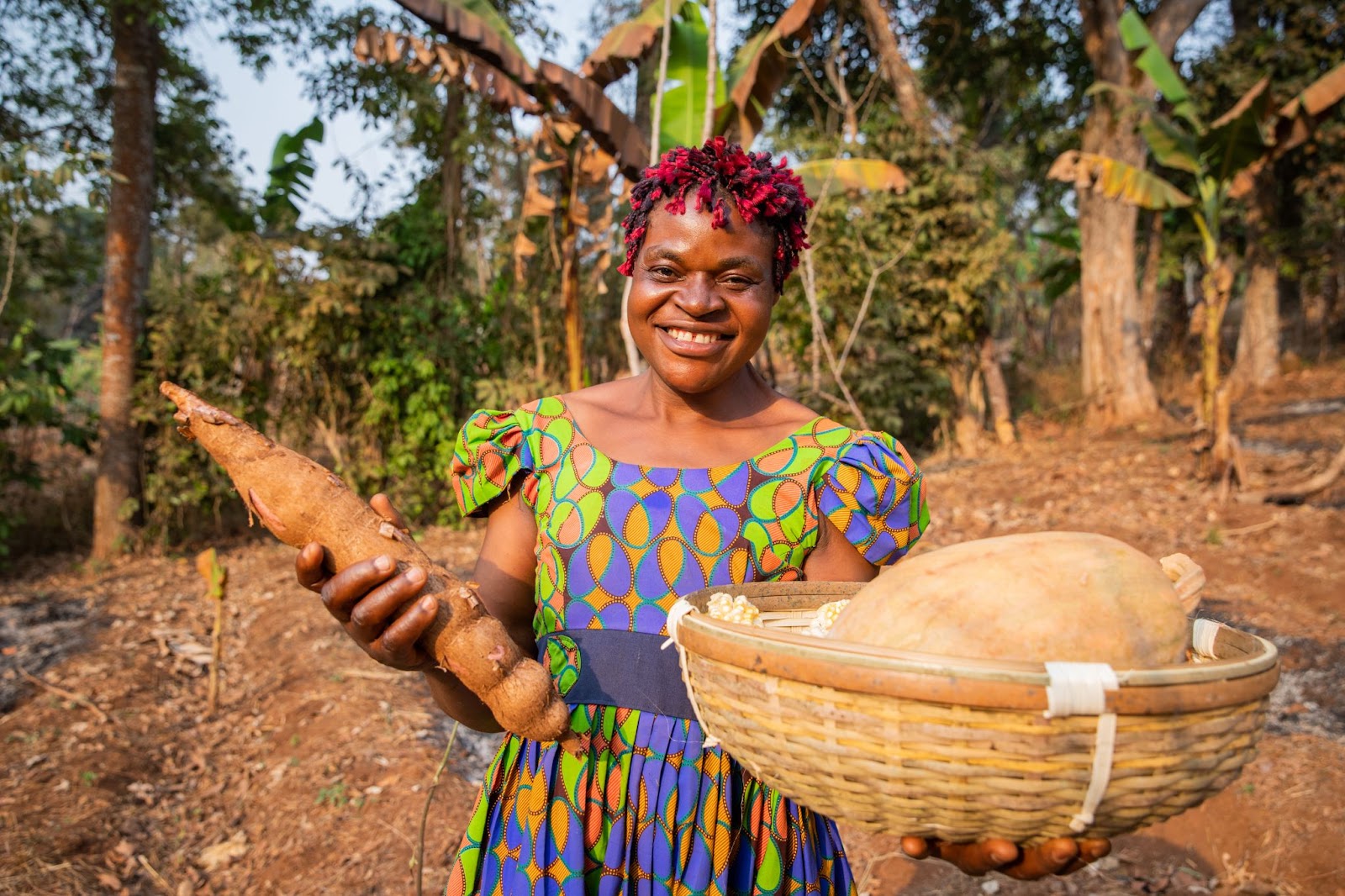
To understand Côte d’Ivoire’s agricultural success, we must rewind to the nation’s pre-independence era and examine a pivotal figure: Félix Houphouët-Boigny.
To many, he was the founding father of independent Côte d’Ivoire and its first president. However, his earlier identity as one of the wealthiest African plantation owners in French West Africa is even more critical.
Houphouët-Boigny built his fortune through coffee and cocoa cultivation, becoming a successful agricultural entrepreneur under colonial rule. During these times, there was inequity, and African farmers did not enjoy the same favours as the European settlers who had access to lands, subsidies, export markets, and technical support.
Making Lemonade from lemons
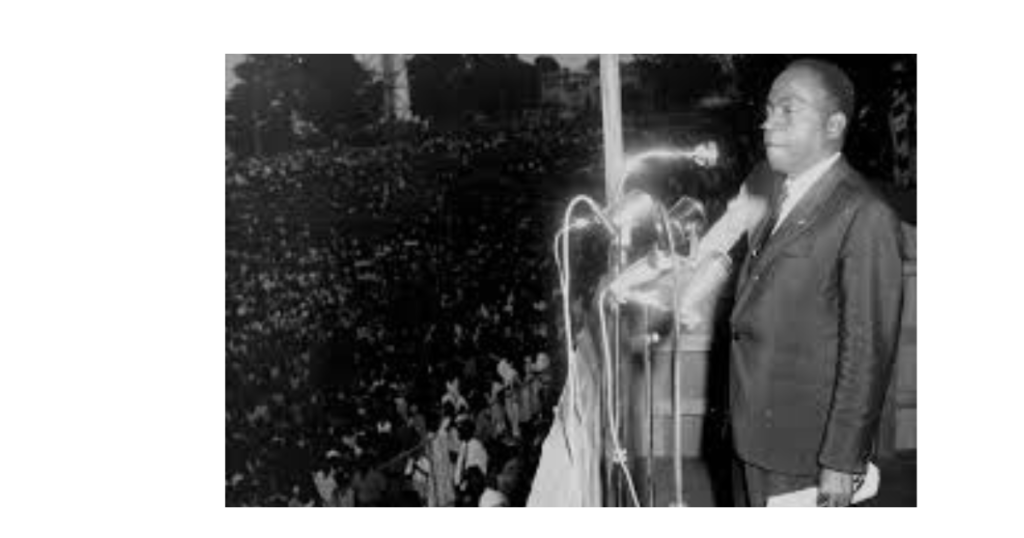
This economic discrimination and the desire for better treatment of African farmers led to a watershed moment in 1944 when Houphouët-Boigny founded the Syndicat des Agriculteurs Africains (SAA), the African Farmers’ Union.
This organisation represented something unprecedented; it lent a collective voice to African agricultural capitalists.
Unlike many independence movements across Africa that emerged from labour unions or intellectual circles, Côte d’Ivoire’s path to independence began with successful African farmers demanding economic justice.
This dynamic, where an economic revolt by a rising class occurs, parallels the Boston Tea Party in the United States. It ties economic and political interests, which happened in 1944 when the SAA was formed.
This agricultural union later evolved into the Parti Démocratique de la Côte d’Ivoire (PDCI), which led the country to independence in 1960 and governed for the following four decades. The PDCI’s leadership consisted mainly of successful farmers and planters who understood agriculture from practical experience, not just as theoretical policy.
How Côte d’Ivoire became ‘the pearl of Francophone West Africa’
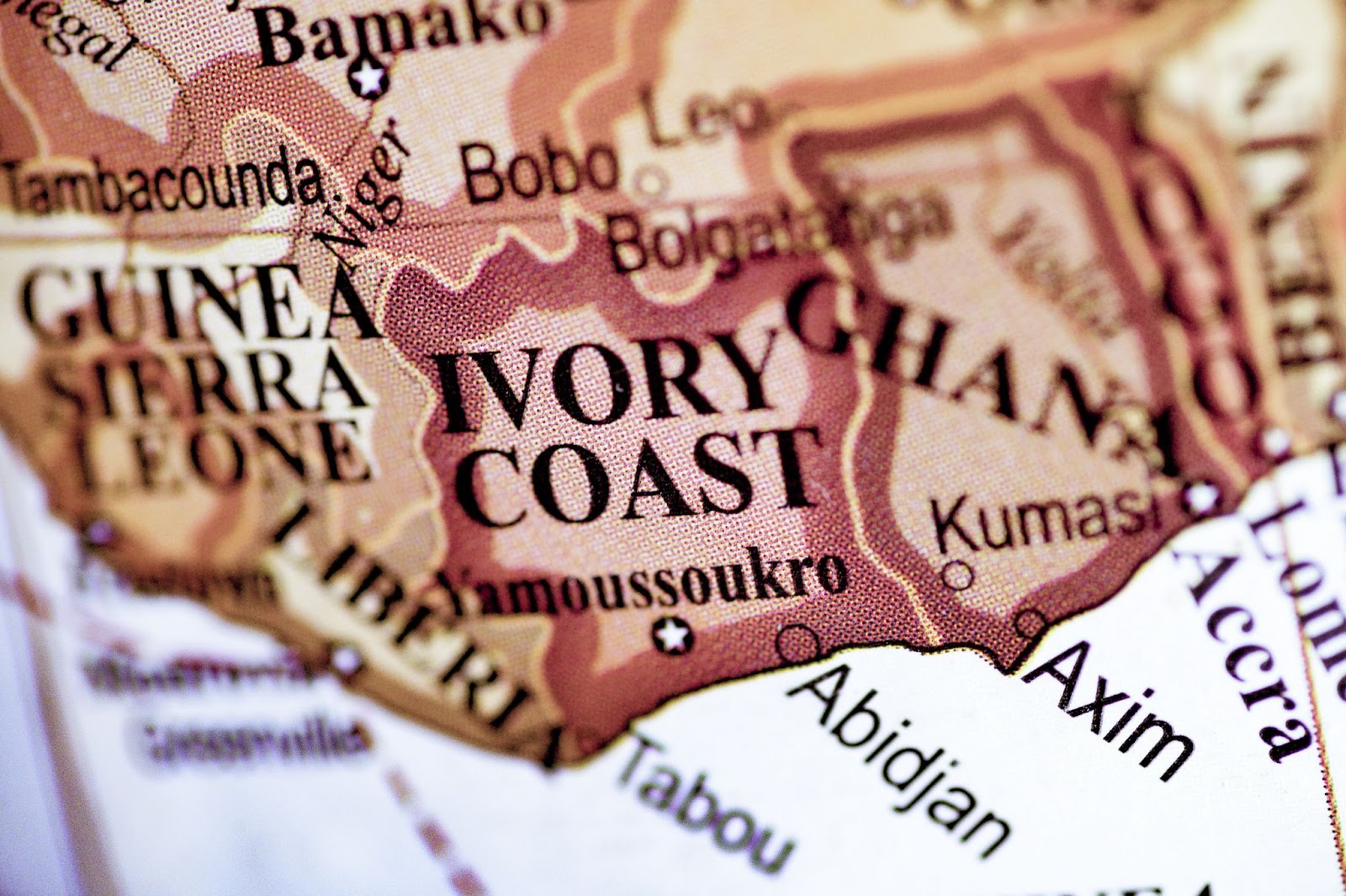
Due to the country’s transformation, French journalists called it “the pearl of Francophone West Africa.”
Several key policies contributed to this success, including;
- Open Immigration Policy: The government actively encouraged migration from neighbouring countries like Burkina Faso and Mali, ensuring a steady agricultural labour supply. This policy followed Houphouët-Boigny’s famous principle: “The land belongs to those who cultivate it.”
- Price Stabilisation: The country established agricultural marketing boards that guaranteed minimum prices to farmers, reduced risk, and encouraged investment in cash crops.
- Infrastructure Development: Significant investment in rural roads, storage facilities, and ports facilitated the movement of agricultural goods from farms to international markets.
- Technical Support: Government agencies provided agricultural extension services, improved seeds, and training to boost productivity among small and medium-scale farmers.
- Diversification Strategy: While leveraging its cocoa advantage, the government actively promoted diversification into other crops to reduce vulnerability to price fluctuations in any single commodity.
Unlike many resource-rich countries that experienced “Dutch disease” or became dependent on a single commodity, Côte d’Ivoire built strength across multiple value chains.
Côte d’Ivoire’s Dominance Across Multiple Value Chains
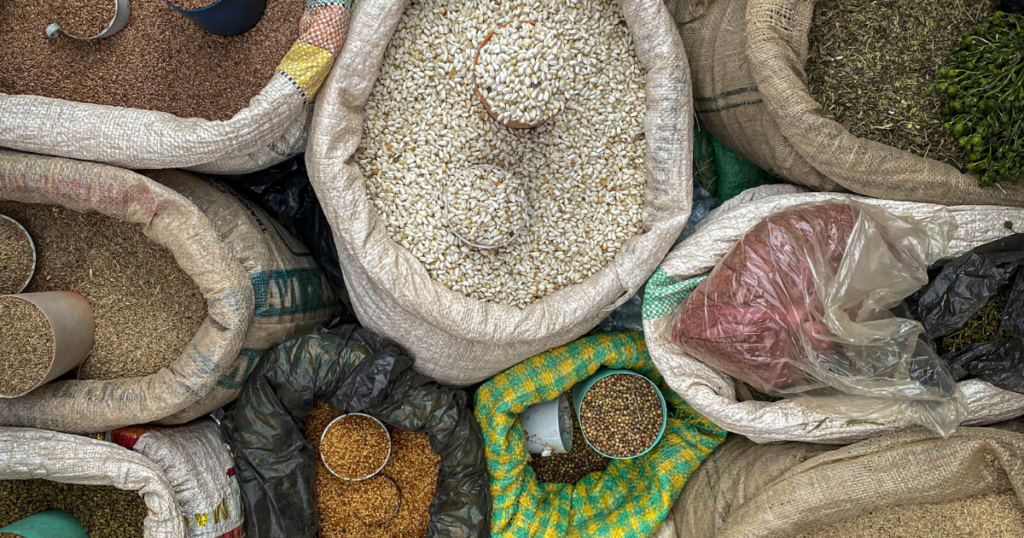
As a result of prioritising agriculture, the country maintains significant shares in the global value chains of certain agro commodities. These include cocoa, Cashew nuts, rubber, and many other cash crops.
Now let’s look closer at some of these crops;
Cocoa
In 2021, it became the world’s largest cocoa grinder, with a grinding capacity of more than 620,000 metric tons. This vertical integration points to the country’s strategic positioning along the value chain.
Apart from being the largest producer, Côte d’Ivoire is also transforming its raw cocoa beans into higher-value products, such as cocoa powder, butter, and liquor, by increasing its processing capacity.
By doing this, Côte d’Ivoire captures more economic benefits from its agricultural output, creates local employment opportunities, and develops technical expertise.
Cashew
Due to the cocoa price slump in 1980, the country accelerated its diversification efforts. With Cocoa as its mainstay, the government expanded into cashew and rubber production.
Although not historically associated with the country, Côte d’Ivoire became the global leader in Cashew production. In 2023, the country produced just over 1 million metric tonnes of cashews.
There are many reasons for this. However, the profound one is that Cocoa and Cashew have complementary growing seasons. This means that farm labour is employed all year round.
Other reasons include that cashew trees are disease-resistant and have a productive lifespan of 30 years or more.
Rubber
Rubber represents another successful diversification story. Introduced during colonial times, rubber cultivation expanded significantly post-independence as both large plantations and smallholders recognised its potential.
Rubber is a great cash crop because its price stays stable over time. Rubber trees also produce a steady income for farmers year-round after they mature. Like it did with cocoa and cashew, Côte d’Ivoire is ramping up its domestic processing capacity.
Palm Oil
While palm oil has been produced traditionally for centuries, the development of industrial-scale production represents another successful value chain.
Currently second in Africa behind Nigeria, Côte d’Ivoire’s palm oil sector benefits from integrated production practices. Hence, it can capture value throughout the value chain and create opportunities within its economy.
The Bigger picture for Africa
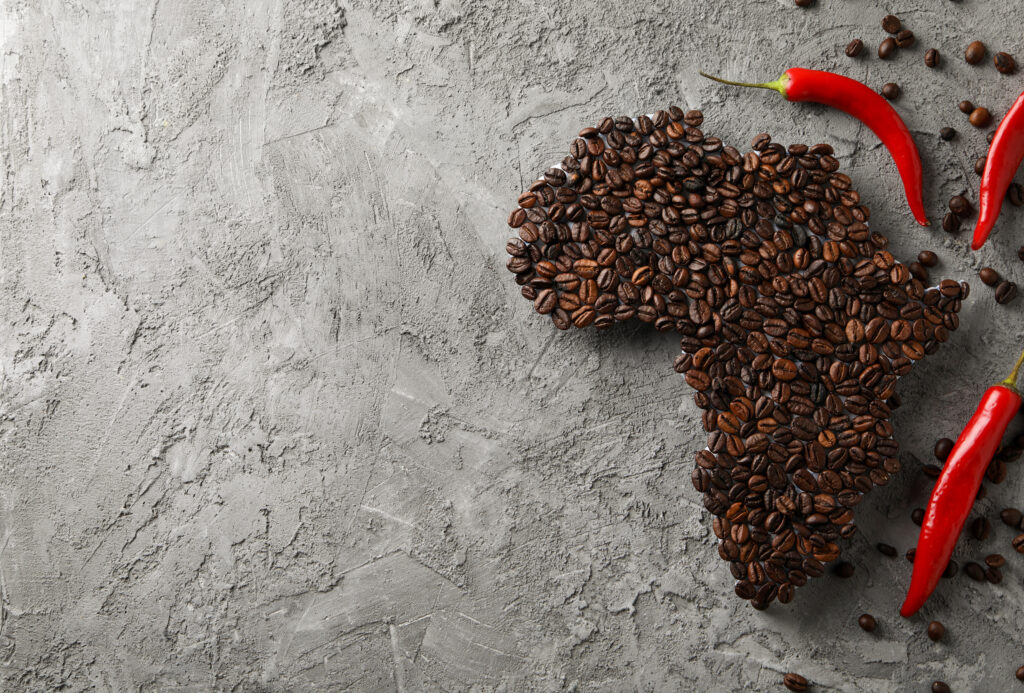
In the bigger picture, African nations leverage their natural advantages with strategic planning and determined execution.
Although crucial, this picture goes far beyond the agricultural sector. There is a dire need to prioritise value addition across African industries. This is the first step to leveraging regional economic benefits and , eventually, continental economic benefits.
From cocoa fields to lithium, gold, and diamond mines, as well as oil wells and refineries, African commodity value chains are crucial to the country’s economic growth. However, it takes a long-term mindset to make the most of this. It also takes the proper connection of everyone within Africa’s industrial ecosystem.
In our next article, we’ll explore five crucial lessons from Côte d’Ivoire’s experience that could help other African countries.
Buy and sell African Agrocommodities online with Matta.
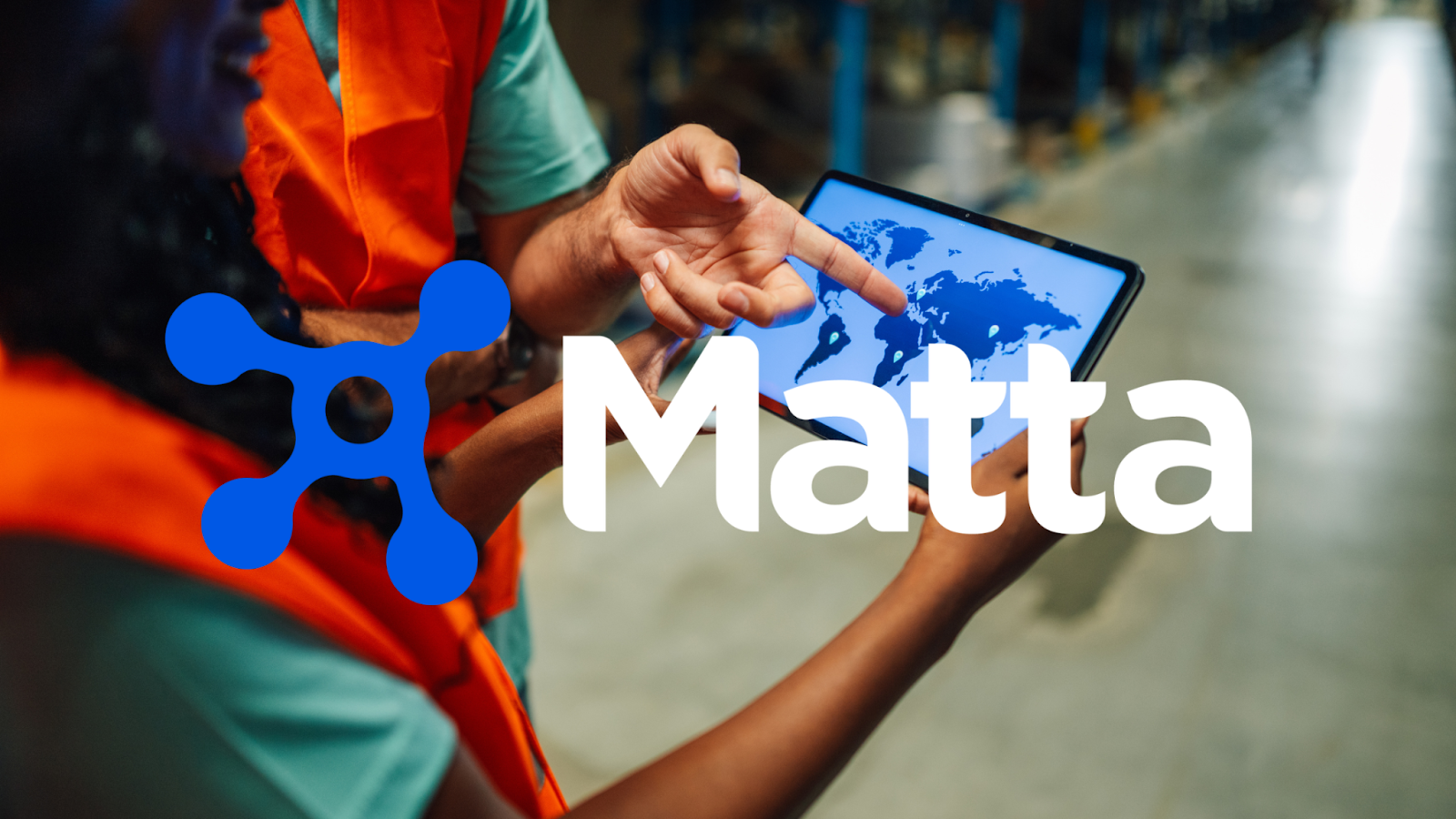
It is reported that approximately 37% of global agricultural transactions take place in Africa, indicating its growing importance. However, who ensures that these transactions are safe and that the interests of buyers, sellers, and eventual consumers are catered to?
Matta is the trusted digital marketplace where Chemicals, raw materials, ingredients, and commodities of all kinds are traded seamlessly. We connect buyers to verified suppliers who are committed to excellence and quality.
At Matta, one of our core beliefs is that challenges inspire change. So, we embrace challenges and see them as pointers to possibility.
We believe in making possibilities happen and in exploring and expanding upon potential. When we see Africa, we know it has a lot of potential, and it can happen.
One day at a time, we are empowering African economies and creating solutions that simplify pan-African trade.
In today’s world, where attention spans are shorter than ever, we appreciate you for reading these articles.
Watch out for the second part of this article, where we explore five lessons that African countries can learn from Côte d’Ivoire.

